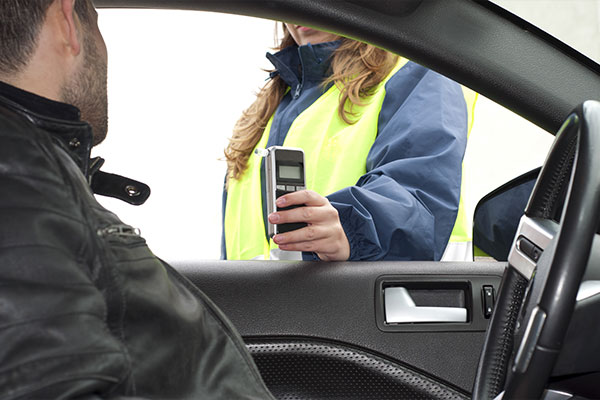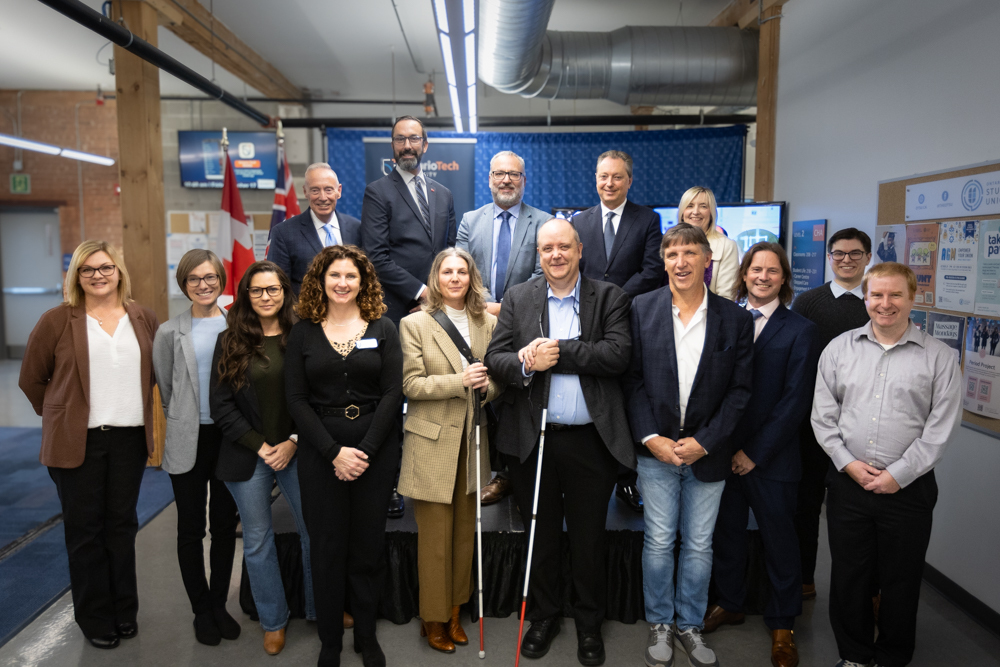Breath-alcohol sensors: how accurate are they?
UOIT’s Brad Easton applying fuel cell technology to improve breathalyzer reliability
May 3, 2016

A March 30 court ruling by a Brampton judge (Toronto Star, May 2, 2016) has cast doubt over the reliability of breath-alcohol devices used by police in Ontario.
The case involved a breathalyzer used by Peel Region officers to test the blood-alcohol level of drivers. The judge ruled the readings of a man who blew over the legal limit in a roadside test were not reliable due to uncertainties raised in court about the device’s accuracy. The motorist was acquitted. The Crown says it is appealing the ruling.
Fuel cell researcher Brad Easton at the University of Ontario Institute of Technology (UOIT) studies the reliability of measurements from breathalyzers.
“Calibration plays a major role in breath-alcohol measurement, as some devices are susceptible to external factors after long times in the field,” says Dr. Easton, Associate Professor of Chemistry in UOIT’s Faculty of Science. “The breathalyzer device used in that case employed an infrared sensor to measure blood-alcohol content, but these can also identify interfering compounds such as acetone, which can produce false-positive readings. Those infrared systems are also quite large in size. Most roadside breathalyzer devices rely on electrochemical sensors based on fuel cell technology. These devices are smaller, very portable and highly accurate.”
Dr. Easton’s research focuses on what factors influence sensing performance and how to make the electrochemical breath-alcohol devices less expensive by reducing the amounts of platinum catalysts used in the sensor.
“The commercial electrochemical sensors I’ve tested have an uncertainty of less than four per cent, even after heavy use. This represents a small uncertainty, meaning you can be highly confident of readings that show someone is legally impaired. We believe the sensitivity and stability in sensors can be further improved through the use of materials that enhance water retention with membrane-electrode assemblies (the core component of a fuel cell that helps produce the electrochemical reaction needed to separate electrons).”
Details of Dr. Easton’s testing on these commercial breathalyzer sensors, as well as testing on new electrochemical sensors that employ 97 per cent less platinum, were recently published in the journal Sensors and Actuators B: Chemical.
To arrange an interview with Dr. Brad Easton, please contact:
Communications and Marketing
University of Ontario Institute of Technology
905.721.8668 ext. 6709
289.928.3653 (cell)
communications@ontariotechu.ca



